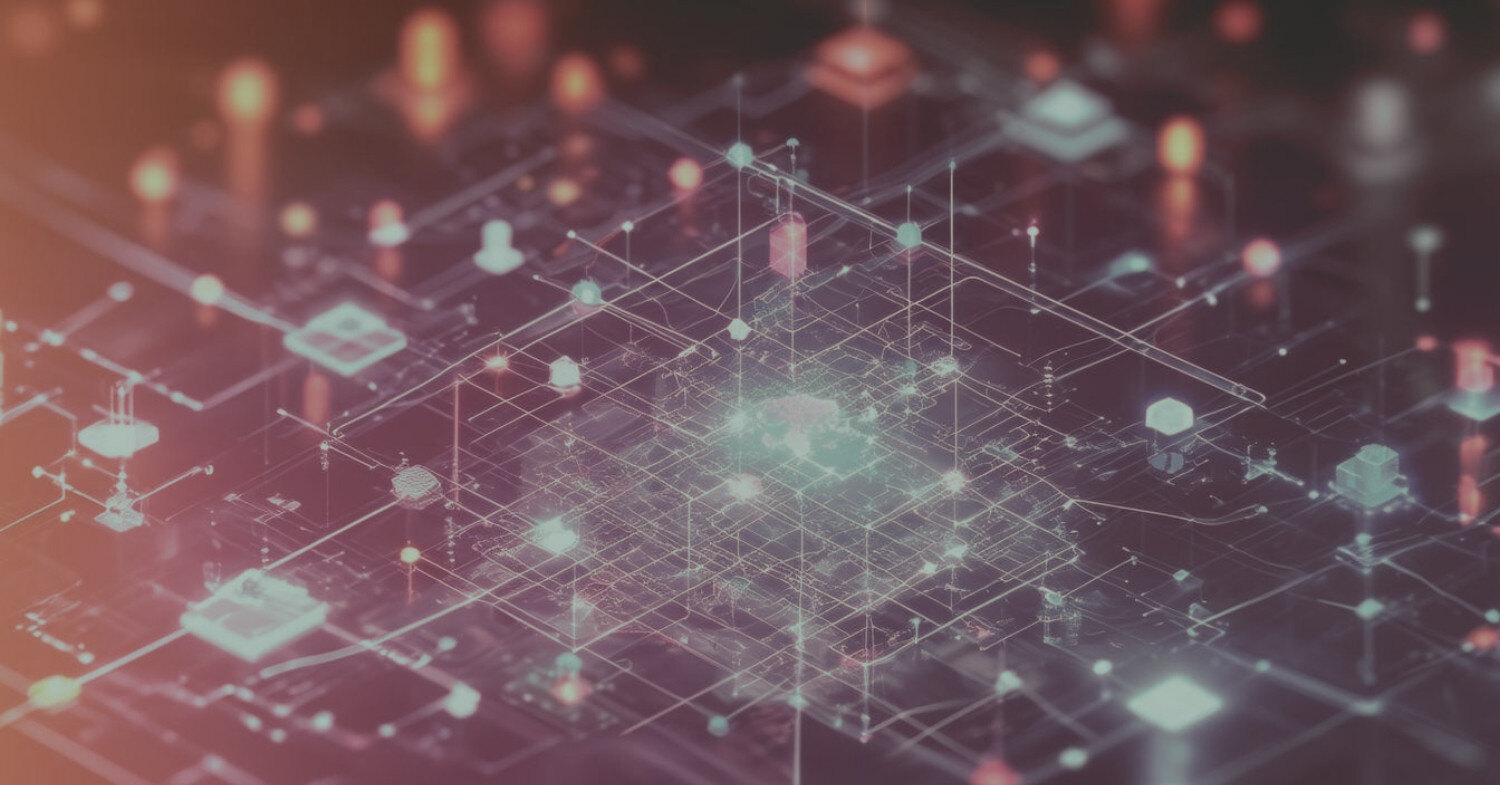As machines are increasingly used to replicate and supplement human decision-making, it is imperative to understand the consequences. The role of machines in furthering the field of computational law is a sin e qua non; still, it behooves us to think carefully about the nature of the machine’s involvement and its role on the outcome of the judgement process.
This paper develops an analytical framework that seeks to understand the relationships between intentions and outcomes in human and machines.
Law has deeply sought to separate intentions from outcomes, and this quest forms the cornerstone of criminal law. Deciphering intent has engendered robust discussions, summoning related streams of thought in sociology, philosophy and law. An example of the role of intent influencing the outcome is exemplified in Dean v. United States (Dean, 2009 where the issue aimed to answer if a federal law imposing a ten-year minimum additional sentence on a defendant who fired a gun during a violent crime applied even if the firing was an accident. In 2004, Christopher Dean and his brother-in-law, RicardoLopez, entered the Rome location of AmSouth’s bank in Georgia with a pistol. While attempting to take money from the multiple teller stations, the gun was discharged. In this case, a 7-2 decision was delivered by the Supreme Court stating that no proof of intent was required. Dean was convicted of conspiring to commit a robbery and discharging a firearm during the armed robbery, for which he was sentenced to ten years in prison under Title 18 U. S. C. §924(c)(1)(A). The two opening sentences of this opinion delivered by Chief Justice Roberts read, “Accidents happen. Sometimes they happen to individuals committing crimes with loaded guns.”
Key Points
-
As machines are increasingly used to replicate and supplement human decision-making, it is imperative to understand the consequences.
-
When machines are harnessed to aid in the decision-making process, the underlying algorithms, and thereby the inherent algorithmic biases, play a role in the outcomes of the process.
-
This paper develops an analytical framework that seeks to understand the relationships between intentions and outcomes in human and machines.
-
The work in this paper raises important questions about the impact of utilizing machines in judgments, and how machines are poised to deliver outcomes that are different from those of humans without adequate oversight and accountability.
What the Research Shows
The work in this paper aims to study the role of the machine in judgements. Specifically, we study two models – one where humans judge humans without machines, and the other where humans judge humans with the aid of machines. In each case, analytical expressions for the outcomes of the judgement, considering the roles of perception and bias, were provided.
This paper addressed the role of machines in the legal process with the help of an analytical model that considered three variables: intentions, out comes and perceptions of the agent involved in the legal process. As machines make their way into an increasing number of our environments, the law that regulates these environments will inevitably use this technology for efficiency. Models such as the one presented in this paper provide room for discussion about the impact of technology’s involvement in our lives and that of our society.
Modern day technology is on a trajectory to serve society as more than just a tool; without enough caution, it is on a path to become the judge and arbiter. The algorithms that power the software and devices of our time are instrumental in determining access to education, eligibility for employment, housing, and even incarceration. The sophistication of these tools varies, and trends in data mining and AI have enabled applications that complement human counterparts in sifting through troves of data and uncovering patterns. That might be where the prowess of present-day technology in accomplishing higher-order tasks such as reasoning ends. Can computational law be used to separate intentions from outcomes?
Want to know more?
Law has always benefited from the technology of the times, mainly because both law and technology are essential components of a well-functioning society.
Related Links:
Based upon the following peer-reviewed manuscript: Murimi, R. (2021). When Humans Judge Other Humans Using Machines. MIT Computational Law Report Journal of Business and Industrial Marketing, 35(10), 1591-1604.



